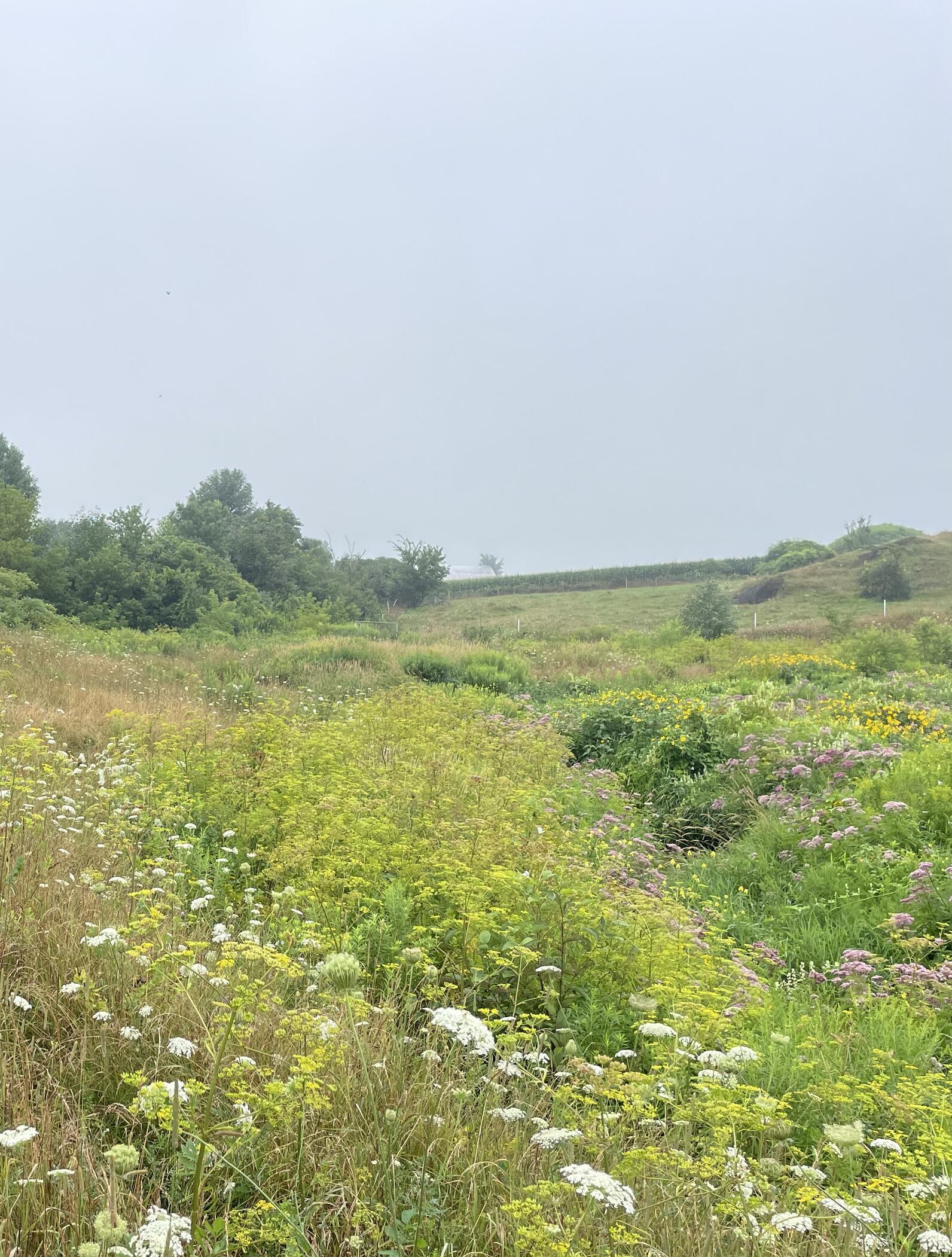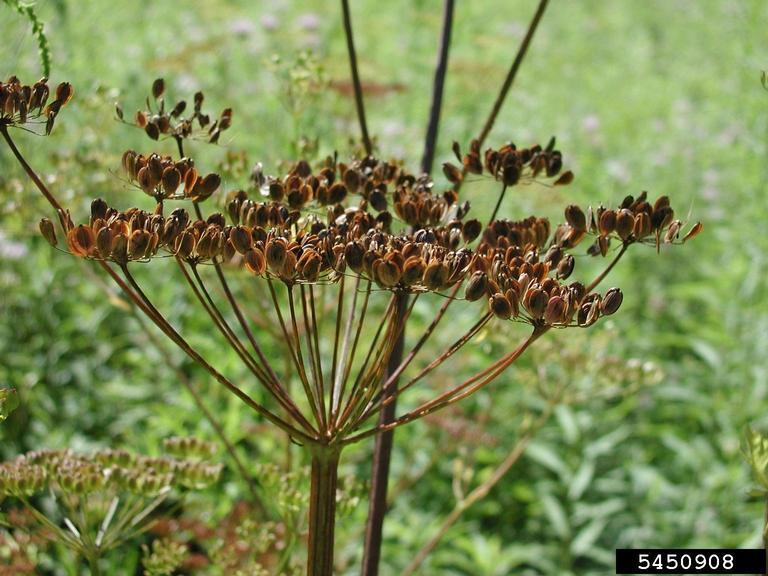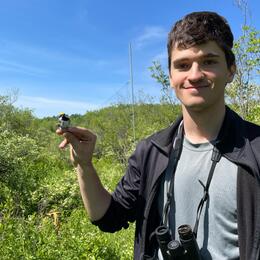In the (much longer) Part One of my investigation into the inner workings of the Bobolink Project, I delved into the ecology, economics, equity, and ethics behind the market-based approach to grassland bird conservation. I relayed insight from four enrolled landowners into how the Bobolink Project works for them—and where it falls short. But there was one practical issue raised by three of these landowners that I decided to save for its own day in the sun. That issue: poison parsnip.
Native to Eurasia, this prolific invader, officially known as wild parsnip, makes itself right at home on Vermont’s grassy roadsides and fields. In addition to inflicting painful burns on humans who come into contact with its sap, poison parsnip readily outcompetes many native, bird- and bee-friendlier plants, deteriorating habitat for Bobolinks and their grassland neighbors. And the best way to manage poison parsnip? Mow affected grasslands early and often—the precise way to decimate grassland birds.
For some landowners who have been enrolled in the Bobolink Project for years, this conflict between managing invasives and supporting birds is reaching a breaking point. Tom Warner, the owner of a 140-acre organic hay farm in Bridport, Vermont, has enrolled 89 grassland acres in the Bobolink Project every year since 2013. He told me that Bobolinks arrive early on his property each breeding season, leading him to forgo an early cut and simply delay all harvests until August 1. But as poison parsnip continues to encroach on his land, Mr. Warner is starting to reconsider his management strategy. Since the Bobolinks are also leaving his property earlier in the season, he would like the flexibility to cut sooner than the Bobolink Project currently allows—not for the revenue from hay sales, but for the health of the land. “We’re trying to balance it, but our fields are getting worse and worse, in all honesty,” he told me. “If they keep the program the same—for us it's May 15 to August 1—we'd have to really consider [unenrolling].” Curious how others have tackled this issue, Mr. Warner suggested a one-day conference for enrolled landowners to trade their experiences and advice.

Lyn Des Marais, another enrolled landowner, expressed similar urgency about the parsnip problem. She even plans on un-enrolling a small portion of her fields next year to tame the invasives. “It’s unfortunate,” she told me. “We just can't figure out quite how to control it other than by frequent mowing.”
“Many ‘invasives’ also have positive qualities,” wrote Bobolink Project enrollee Elizabeth Frank in an email. Japanese knotweed, she pointed out, has antiviral and anti-inflammatory properties and can even fight Lyme disease. “But I have yet to discover the silver lining with the parsnip.” (Ms. Frank later sent me an article indicating that poison parsnip isn’t all bad news, after all: it’s eaten by some birds, mammals, and insects, and, when prepared properly, tastes pretty good to humans, too. Still, she noted, parsnip infestations of grasslands are “a problem that needs addressing.”)

If coordinating concern for grassland birds into a private market for reduced mowing weren’t complicated enough, poison parsnip adds one more enigmatic Greek letter to the equation. But the leaders of the Bobolink Project do not take “It’s complicated” for an answer. Though there is no perfect solution to balancing grassland bird protection and agricultural invasives management, here’s what Margaret Fowle, Audubon Vermont’s senior conservation biologist, suggests, depending on the level of infestation:
- If there are just a few parsnip plants, remove individual plants before they go to seed. For details on how to do this safely and avoid encountering the toxic oils, see: https://www.vtinvasives.org/invasive/wild-parsnip
- If just the edge of a field has parsnip, remove the edges from any delayed mowing regime for 1-3 years and cut the edges at least once before July 1, before any plants go to seed. Ensure any machinery that is used to cut the fields is clean before and after cutting to avoid any spreading of seeds.
- If parsnip plants are sprouting up in all areas of a field, follow either the early/late cut regime recommended by the Bobolink Project (see: https://vt.audubon.org/conservation/bobolink-project and scroll to management strategies) or remove the field from any delayed mowing regime and hay the field at least twice (first cut before July 1 and any parsnip plants go to seed) for 1-3 years, or until the plants do not resprout.





